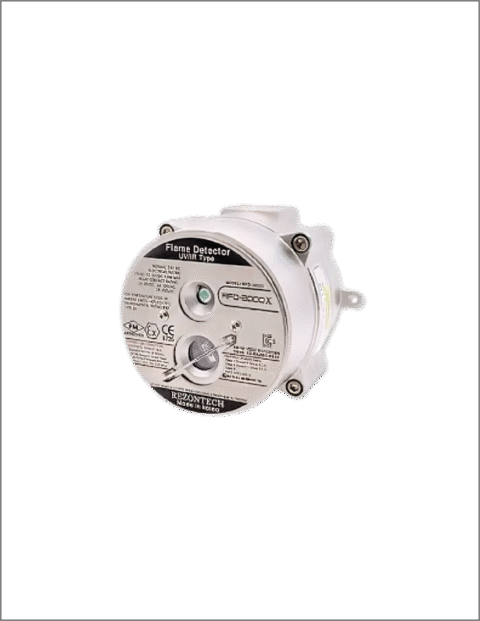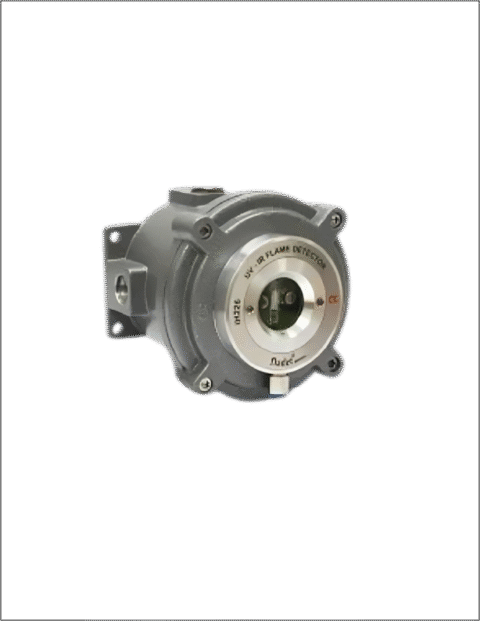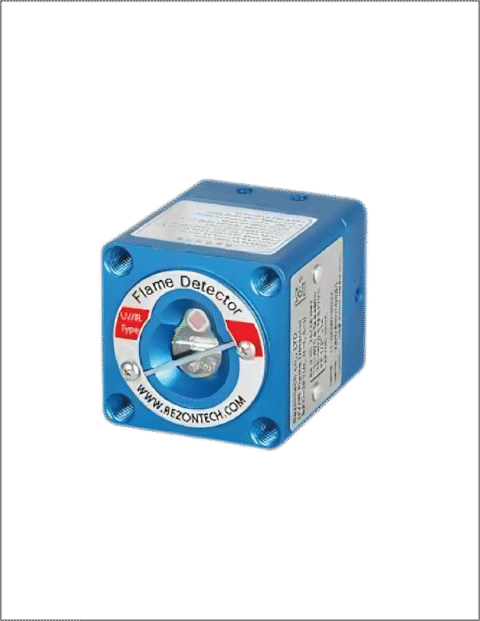Introduction: Basic Principle
The concept of increased safety is tailored for non-incendive devices where the occurrence of arcs and sparks is not acceptable, either in standard operating conditions or during fault scenarios. This protection method meticulously manages the surface temperatures of critical components, ensuring they remain below incendive thresholds. Achieving increased safety involves a strategic reduction in current ratings and a simultaneous enhancement of insulation values, along with meticulous adjustments to creepage and clearance distances. These adjustments surpass the standard requirements for routine service, offering an additional layer of protection.
In the pursuit of heightened safety, the maximum voltage for this protection concept stands at 11 kV (EPL Gb) and 15kV (EPL Gc), applicable to both direct current (d.c.) and alternating current with root mean square (A.C.R.M.S) configurations. This meticulous approach aligns with the stringent safety standards outlined in IECEx 60079:7, making it a fitting choice for categories 2 and M2.
Products embodying the increased safety concept span a range of vital equipment, including junction boxes, luminaries, induction motors, transformers, and heating devices. Each of these is designed and crafted to not only meet but exceed safety expectations in hazardous environments. The emphasis on reduced risk of sparks and controlled temperatures underscores the commitment to fostering a secure operational milieu, especially in industries where safety is non-negotiable.
Key Design Criteria
Robust Enclosures:
- Mechanical Resilience: Enclosures must be meticulously designed to withstand rigorous mechanical impact tests, ensuring durability and longevity.
- Ingress Protection: A specified level of ingress protection is mandated, guaranteeing that the enclosed components remain shielded from external elements. For non-metallic materials, adherence to thermal endurance, resistance to light, insulation resistance, and other criteria is essential.
Terminals Engineering:
Generous Dimensioning: Terminals are dimensioned generously to accommodate intended connections. This approach ensures that conductors are securely fastened, eliminating any risk of self-loosening.
Safe Clearance and Creepage:
- Bare Conductive Parts: Clearance between bare conductive parts is meticulously maintained, adhering to the values specified for the rated voltage. This prevents inadvertent contact and potential hazards.
- Creepage Distances: Distances for creepage must align with specified values for both rated voltage and the comparative tracking index (CTI) of the insulating material. This prevents tracking and enhances safety.
Electrical Insulating Materials:
Mechanical Stability: Insulating materials must exhibit mechanical stability even at temperatures at least 20 K above the maximum service temperature. This ensures reliability under various operating conditions.
Temperature Limitations:
Critical Temperature Control: Equipment components must adhere to temperature limitations to preserve the thermal stability of materials and uphold the designated temperature classification of the equipment. This avoids any adverse effects on performance.
Ex 'e' Installation Guidlines:
Installation guidlines for Enclosures:
Certified Ex‐e terminal boxes must be provided with an internal or external ground connection of an adequate size for the wiring configuration. (Ex‐e terminal are not designed to carry earth fault currents.) The main internal/external ground connection must be connected to the main system earth with the correct coded wire of adequate size but not less than 4mm².
According to IEC 60079-14, in areas where there’s a risk of explosion, any unused wire in multi-core cables must either be connected to the ground or well insulated. Just using tape for insulation is not recommended. It’s suggested to connect any spare conductor to an Ex-e terminal, especially if you might need to use it as an active terminal later on. This ensures safety and compliance in hazardous environments.
An Ex ‘e’ enclosure that has bare conductive parts must be at least IP 54 ingress protection. For conductive parts that are well insulated, a lower level of protection IP 44 is okay.
But, in real-world situations, people often want even more protection, like IP65 or 66. Enclosures may be provided with drain holes or ventilation openings to prevent the accumulation of condensation.
Installation Guidlines for Terminals:
Ex e terminals must meet certain standards like EN 60947-7-1 and EN 60947-7-2. For hazardous areas, additional standards like EN 50014 and EN 50019 come into play. They’re classified under ATEX 95, not CE-marked. Various connection types are available, offering protection against self-loosening. The clamping yoke, tension clamp, and IDC clamping system are designed to prevent cable crimping. The EC type examination certificate includes cable cross-section and connection data.
The current carrying capacity values are based on a 40°C ambient temperature. In hazardous areas, the temperature of insulating materials like Wemid and Melamine is up to 100°C and 80°C for Polyamide. Ex i certification isn’t needed for terminals in intrinsically safe circuits. Some terminals are color variants of Ex e terminals, certified as Ex e, and are light blue.
For Ex e junction boxes, the maximum surface temperature defines the enclosure’s temperature classification, determined by factors like the number of terminals and wiring and the temperature rise above ambient temperature. Enclosures are assigned a maximum dissipated power (MDP) figure, ensuring it’s not exceeded when calculating the number of terminals.
The temperature classification depends on testing factors and ambient temperature. Enclosures have a defined arrangement method, indicating the maximum number of terminals or conductors based on the rated current and cross-section. The user might decide on cable pairs based on their requirements, considering factors like cable size and terminal quality.




